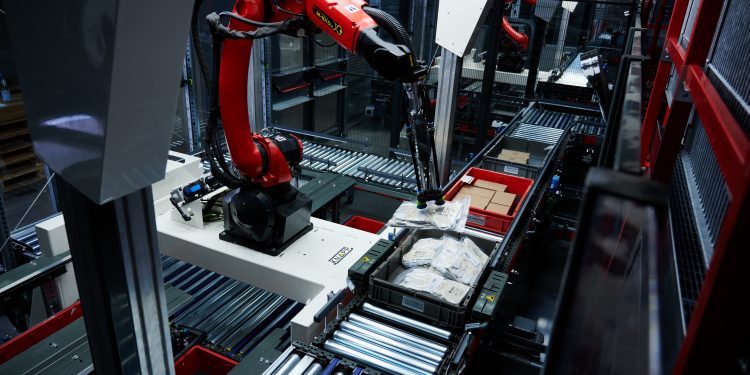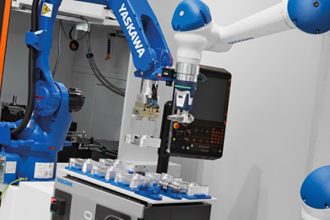Sharing Best Practices – Post Implementation

Why is Post Implementation Important?
You’ve successfully implemented your first robotics solution into your supply chain, but in many ways, the work has only just begun. Proper hardware and software maintenance, data management and communication must remain front of mind to continuously optimize your robotic deployment. In MHI’s 2021 Annual Industry Report, 28% of the more than 1,000 supply chain professionals surveyed currently have automation and robotics in use today and 79% of them reported they would have automation and robotics in use within the next 5 years. In this latest blog, the goal is to share knowledge and best practices to help ensure post implementation success.
Understanding Your Why
Why is a robot the solution? And is it really? Robots are for solving specific problems, which requires a deep understanding between the client and the provider. There are a wide range of solutions, but certain products are better suited for specific applications. There is no one size fits all, and a robot may not always be the answer.
This robotics market is poised for rapid expansion as labor scarcity is not a short-term topic, but one that is here to stay. Both parties must openly communicate strengths, weakness, opportunities, threats, CapEx and OpEx limitations to build a trusting collaboration. Once that trust has been established, education and communication with the different stake holders allows both parties to gain a deeper level of understanding.
Continuously re-evaluate your processes, operations, and inventory strategy
Be flexible in your decision making. If the pandemic taught us anything, inflexibility is one of the single greatest risks to any business. Be mindful that every part of a robotics solution upstream of the robot has some impact on the end performance. If there are inefficiencies in operations, inventory allocation or storage strategy, it is more likely that the robot will not fully meet your desired result. Supply chain leadership, operations, and buyers must all be committed to the project, working as a team, and effectively communicating strengths as well as areas for improvement. These observations need to continue to be communicated to the robotics partner, so that they can make suggestions and adjustments to optimize their product to better serve not only their customer, but the market as a whole.
Collaboration is Key
Collaboration is everything. Ensure that you are not just choosing any partner who makes themselves available. Experience, honesty, and commitment to finding the best solutions for your challenges are most important. There will always be peaks and valleys when it comes to partnering with other companies, however, getting through these challenges helps create a stronger, unified partnership. Earning each other’s trust over time allows for continued growth and improvement equally.
Identify Single Points of Contact
Having a single point of contact is one of the primary solutions for building rapport and establishing trust across both organizations. This may seem like a simple solution, but especially these days, it is a true testament to a company’s values. When you have a long-standing relationship and appreciation of your employees, those values directly translate to customer care and partnerships.
To read more about the Buyer’s Journey:
How To Avoid Potential Pitfalls Of Robotics Ownership
Your Guide To Successful Metrics For Automation Implementation
Orchestrating Workflows Within Your Distribution Center
Justifying Robotics In Your Operations
Robotics – The Buyer’s Journey, Part II
To learn more about The Robotics Group (TRG): https://www.mhi.org/robotics



